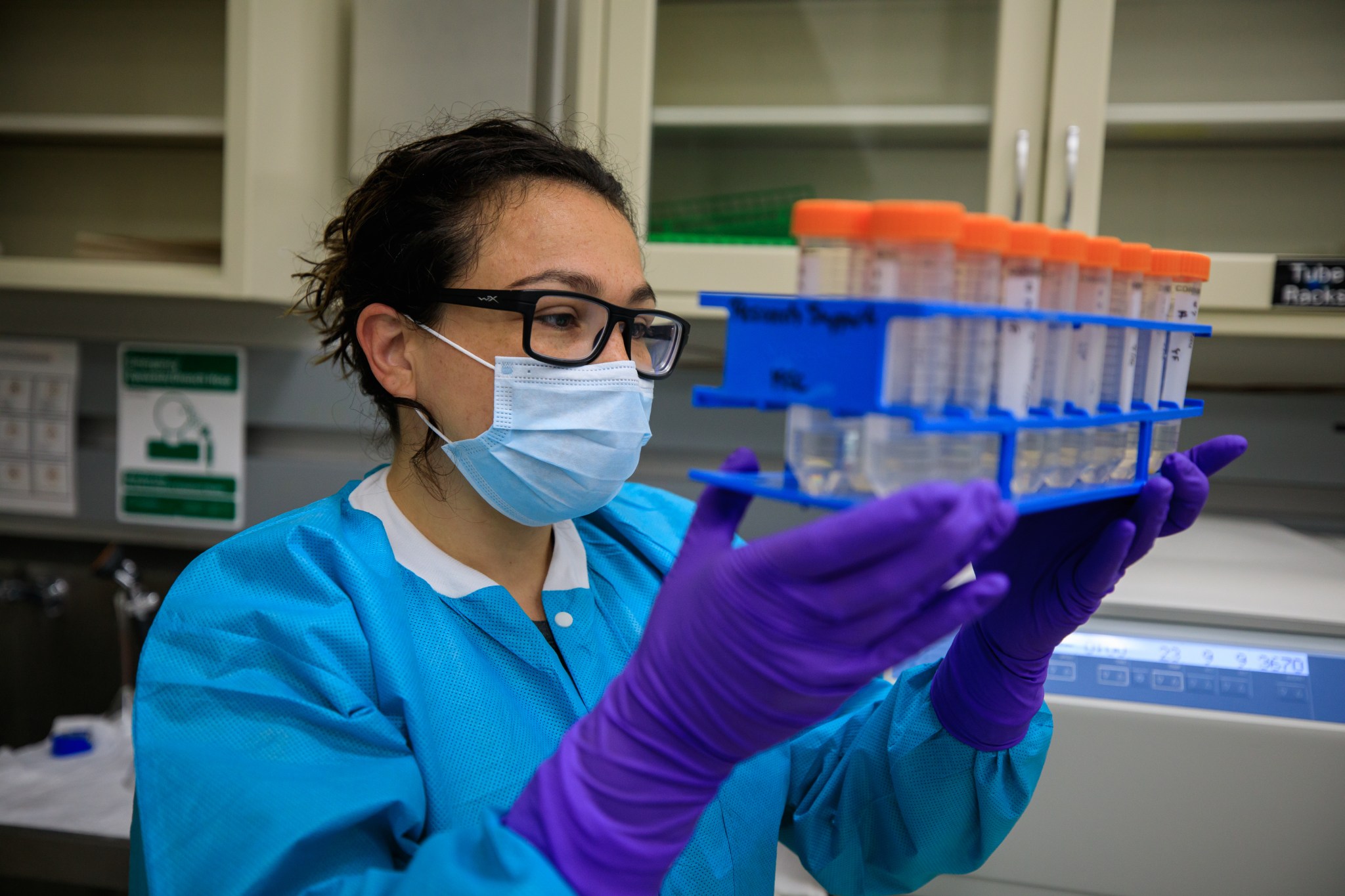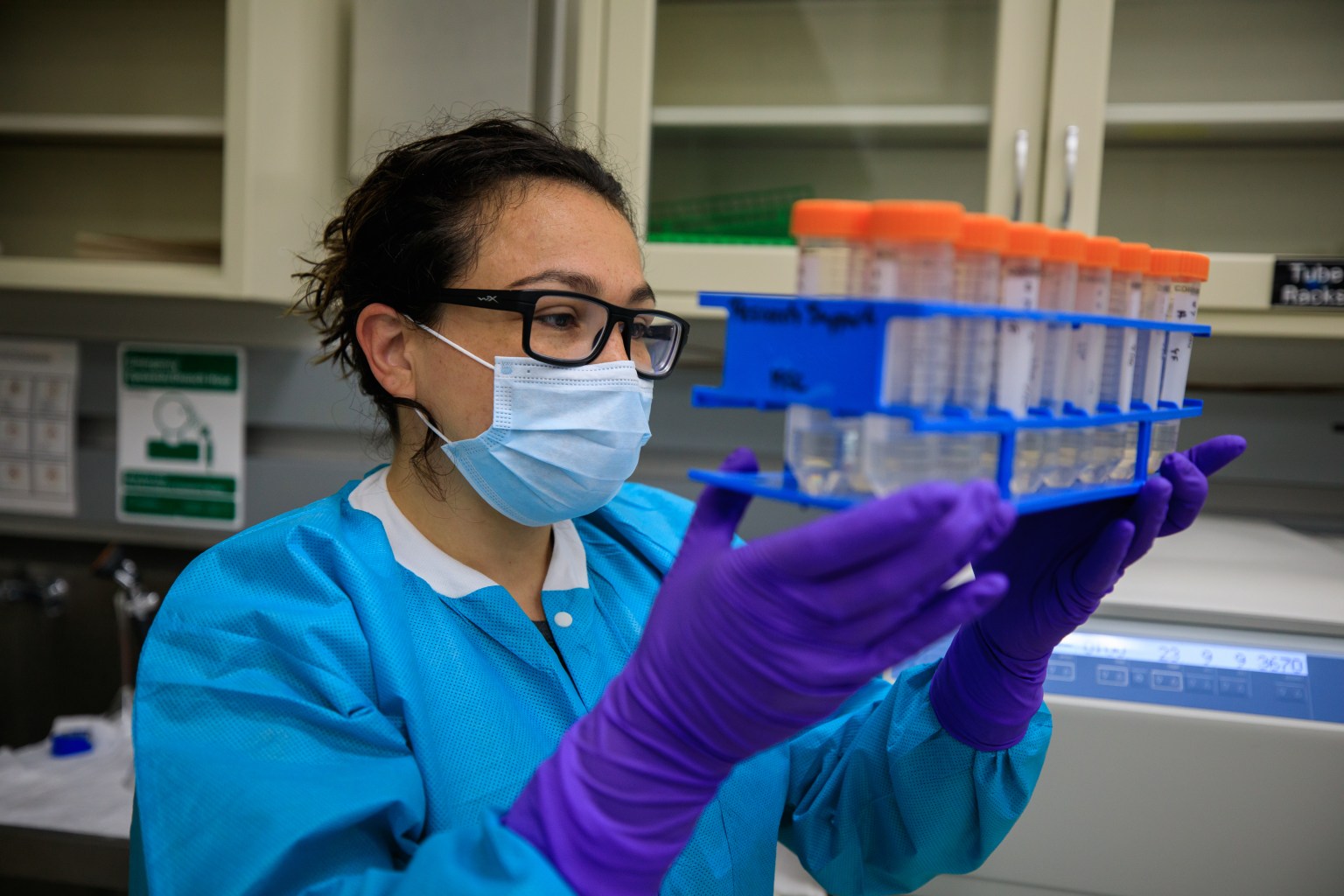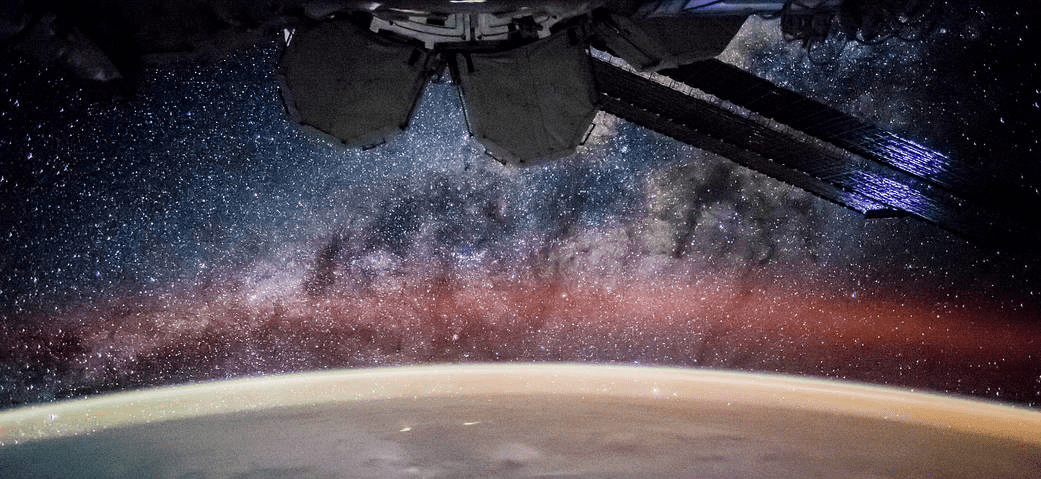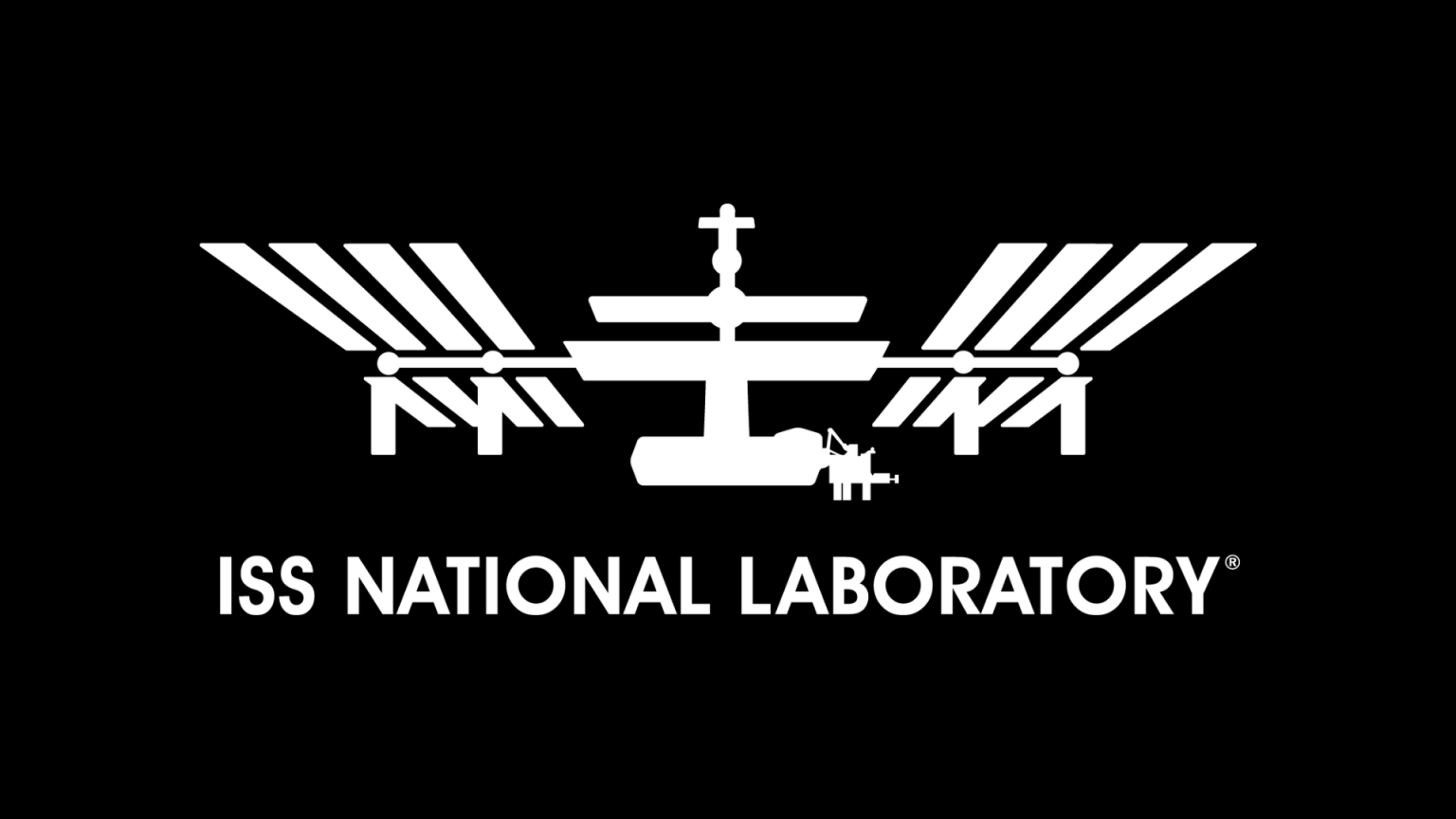NASA BPS Open Science Data Repository
The NASA Open Science Data Repository consists of two integrated biological databases—Ames Life Sciences Data Archive (ALSDA) and GeneLab—into one centralized data system. The Ames Life Sciences Data Archive (ALSDA) is the official repository of non-human science data spanning a broad range of biological levels involving data from tissues, organs, whole organisms, physiology, and behavior. GeneLab is an open science multi-omics repository hosting transcriptomics, metagenomics, epigenomics, proteomics, and metabolomics data. Studies comprise of data from model organisms including microbes, plants, fruit flies, rodents and humans. This database enables the accessibility, interoperability, and reusability of biological data from space-related experiments.
GeneLab: Open Science for Exploration
GeneLab expands scientists’ access to the research conducted in microgravity with experiments that explore the molecular response of biology to spaceflight environment. The vast amounts of raw data generated by experiments aboard the International Space Station are available to a worldwide community of scientists and computational researchers in an open access database.
Life Sciences Data Archive (LSDA)
The LSDA is a publicly accessible active archive of data from NASA-funded spaceflight, flight analog and ground-based life sciences research investigations. Basic descriptions of the individual investigations are provided, and data collected from these investigations (when available) are stored in primarily file-based formats (e.g. spreadsheet, text, and image formats). Non-attributable data for many of these investigations can be downloaded directly from the website. However, sensitive or attributable data must be requested via the Data Request Portal. New or updated information is continually added to the archive.
Physical Science Informatics (PSI)
The Physical Science Informatics (PSI) data repository is the archive for physical science experiments performed on the International Space Station (ISS) and Space Transportation System (STS, or space shuttle). The PSI system is accessible and open to the public, and is a resource for researchers to data mine the PSI system and expand upon the valuable research performed by NASA in space, using it as a research tool to further science, while also fulfilling the President’s Open Data Policy.
Materials used on the exterior of spacecraft, satellites and space stations in low-Earth orbit are subjected to many environmental threats that can cause degradation. Space environments affect flight experiments and test the stability and durability of materials and devices in the space environment. The goal of this site is to provide single-point access to the data and analysis from research into materials in space. Data are stored in NASA’s Materials And Processes Technical Information System (MAPTIS).
Earth Science Data from the International Space Station: The NASA Earth Observing System Data and Information System (EOSDIS) provides Earth science data to users from satellite, airborne, and International Space Station (ISS) missions for long-term global observations of the land surface, biosphere, solid Earth, atmosphere, and oceans. This coordinated approach enables an improved understanding of the Earth as an integrated system. Earthdata Search is a tool that enables users to search for and obtain EOSDIS data. Earth science data collected by sensors aboard the ISS is available via Earthdata Search here. NASA’s Earth science data adheres to an open data policy. For more information about EOSDIS, its data, and the missions it supports, visit the Earthdata website.
Task Book: Biological & Physical Sciences Division and Human Research Program is an online database of research projects supported by the Space Biology and Physical Sciences research areas within the Biological & Physical Sciences (BPS) Division of NASA’s Science Mission Directorate, and the Human Research Program in NASA’s Human Exploration and Operations (HEO) Mission Directorate. Research projects within the Translational Research Institute for Space Health (TRISH) are included, beginning with FY2017 projects. The database also includes research projects of the National Space Biomedical Research Institute (NSBRI), all completed by May 2017. Database information includes project descriptions, annual or final research results, Earth benefits and research impacts, and listings of publications resulting from the NASA-funded research. (Formerly the Space Life & Physical Sciences Research & Applications (SLPSRA) Division Task Book, the Space Biology and Physical Sciences programs transferred to the Science Mission Directorate in July 2020.)
In answer to the White House mandate to release NASA’s data to the public, the Open Data Portal is a continuously growing catalog of publicly available NASA datasets. Users are invited to innovate with NASA data from multiple categories: aerospace, applied science, earth science, management/operations, and space science. The Developers Portal has documentation on Application Programming Interface (APIs), code snippets for building apps, visualizations, and more.
NASA is partnering with the PubMed Central (PMC) repository, hosted by The National Institutes of Health, to provide public access to peer-reviewed papers resulting from NASA-funded research. Beginning with research funded in 2016, all NASA-funded authors and co-authors (both civil servant and non-civil servant) have an Agency requirement to deposit copies of their peer-reviewed scientific publications and associated data into NIH’s NASA publication repository, PubSpace. You can browse and search for NASA related articles archived in PubSpace.
PubMed® comprises more than 30 million citations for biomedical literature from MEDLINE, life science journals, and online books all aimed at improving health–both globally and personally.. Citations may include links to full-text content from PubMed Central and publisher web sites. PubMed was developed and is maintained by the National Center for Biotechnology Information (NCBI), at the U.S. National Library of Medicine (NLM), located at the National Institutes of Health (NIH).
HICO – NASA Ocean Color Database
The Hyperspectral Imager for the Coastal Ocean (HICO™) was an imaging spectrometer based on the PHILLS airborne imaging spectrometers. HICO is the first space borne imaging spectrometer designed to sample the coastal ocean. HICO sampled selected coastal regions at 90 m with full spectral coverage (380 to 960 nm sampled at 5.7 nm) and a very high signal-to-noise ratio to resolve the complexity of the coastal ocean. HICO demonstrated coastal products including water clarity, bottom types, bathymetry and on-shore vegetation maps. Each year HICO collected approximately 2000 scenes from around the world. HICO is no longer hosted on the International Space Station though the data from its mission is archived here.
The Atmosphere-Space Interactions Monitor (ASIM) is an observatory on the International Space Station (ISS) that measures lightning and bursts of gamma-rays from thunderstorm clouds. The overarching goal is to understand the role of electrified storms in atmospheric dynamics. ASIM is a mission of the European Space Agency ESA’s SciSpace Programme for scientific utilization of the ISS and non-ISS space exploration platforms and space environment analogues. The ASIM Science data Centre (ASDC) is processing and distributing the ASIM data.
The Erasmus Experiment Archive (EEA) is a database of ESA-funded or co-funded experiments covering a wide range of scientific areas, which were performed during missions and campaigns on/in various space platforms and microgravity ground-based facilities, starting from 1972. (Please note: this site will eventually be replaced by the Human and Robotic Exploration Data Archive).
Human and Robotic Exploration Data Archive (HREDA)
The HREDA archive collects the results of ESA funded or co-funded experiments covering a wide range of scientific areas, which were performed during mission and campaigns on/in various space platforms and microgravity ground-based facilities.
The ISS Publication ARChive (ISPARC) database collects the results of ASI-funded or co-funded experiments covering a large number of scientific areas (mainly on human physiology and biology and biotechnology research), which were performed during mission on ISS and on ground-based facilities in preparation of space experiment, starting from 2014.
Data ARchives and Transmission System (DARTS)
Data ARchives and Transmission System (DARTS) is a multi-disciplinary space science data archive for astrophysics, solar physics, solar-terrestrial physics, lunar and planetary science, and microgravity science.
International Space Station – KIBO
This site provides archives of JAXA investigations using the International Space Station and the Japanese Experimental Module “Kibo” as well as useful information for investigators, such as an overview of the Kibo module and the experiment facility inside/outside of the Kibo module. The site also offers current status of Kibo utilization, including Japanese astronauts’ activities, international collaboration activities and highlighted releases open to the public. You can also get the exciting ISS/Kibo news and overall JAXA’s activities relating to the ISS program.
JAXA Biorepository at Tsukuba Space Center – Integrated Biobank for Space Life Science (ibSLS)
The Integrated Biobank for Space Life Science (ibSLS) is a database of multi-omics data, including transcriptome, metabolome, and phenotypes obtained from mouse habitat missions conducted by the Japan Aerospace Exploration Agency (JAXA). The JAXA Tsukuba Space Center stores more than 600 biospecimens remaining from spaceflight investigations conducted since 2016. Biospecimens are available on request first to Japanese investigators, then to those in the USA under the Japan-US Open Platform Partnership Program (JP-US OP3). The missions utilized a mouse experimental system for space flight, referred to as Mouse Habitat Unit (MHU), in order to achieve the return of live mice.
JAXA ISS Space Radiation Environment Data Base
The PADLES (PAssive Dosimeter for Life science Experiments in Space) is a dosimeter for space radiation particles. JAXA has been performing a series of space radiation measurements onboard the International Space Station Japanese Experiment Module, Kibo, using PADLES system since 2008, at the same time of Kibo attachment to ISS. These radiation measurement data are used for JAXA’s astronauts’ radiation exposure management and for life-science experiments in space. We manage flight experiments and related ground-based studies with PADLES.
International Space Station ROSCOSMOS General Information [Site not accessible at this time]
(Topic “All available data”) The Roscosmos web site contains description of the ISS modules and the scientific equipment for experiments conducting onboard the ISS RS.
International Space Station ROSCOSMOS Educational Activity
(Topic “Investigation Archive”)The educational web site Korolev’s Planet is dedicated to the popularization of the Russian manned space flight activities and experiments conducted in space. It contains materials dedicated to space research, technologies and educational projects, interviews and reminiscences of active participants in space events, as well as unique materials from archives. The objective of the materials posted on the web site is to get thinking people actively involved in space science, to provide them with an opportunity to take part in a new technological breakthrough.
Unique Space Lab (ROSCOSMOS) [Site not accessible at this time]
The ROSCOSMOS data base captures the scientific, technology demonstration and education experiments that have been conducted on the International Space Station. 300 unique experiments across the spectrum of scientific activities are being held.





























